Why The Biggest Threat To Most Irises In Winter Is Not The Cold, But The Wet

BULBS > BEARDED-IRIS > OVERWINTERING

Elizabeth is a Permaculture Garden Designer, Sustainability Consultant and Professional Writer, working as an advocate for positive change. She graduated from the University of St. Andrews with an MA in English and Philosophy and obtained a Diploma in Applied Permaculture Design from the Permaculture Association.
Reviewed By COLIN SKELLY

Colin is a Horticulturist and Horticultural Consultant with experience in a range of practical and managerial roles across heritage, commercial and public horticulture. He holds the Royal Horticultural Society’s Master of Horticulture award and has a particular interest in horticultural ecology and naturalistic planting for habitat and climate resilience.
IRIS GUIDES
Bearded Varieties
Container Growing
Planting
Winter Care
Irises, when grown in the right location, can be hassle-free and relatively easy plants to grow.
They are typically fully hardy in the UK and require little specific winter care.
However, when thinking about how to care for your irises over the coldest months, this guide will cover everything you might need to consider.
| Difficulty | Easy |
| Equipment Required | Container, mesh, mulch, secateurs |
Caring For Potted Types
The biggest threat to most irises in winter is not the cold, but the wet.
Most potted irises need free draining conditions.
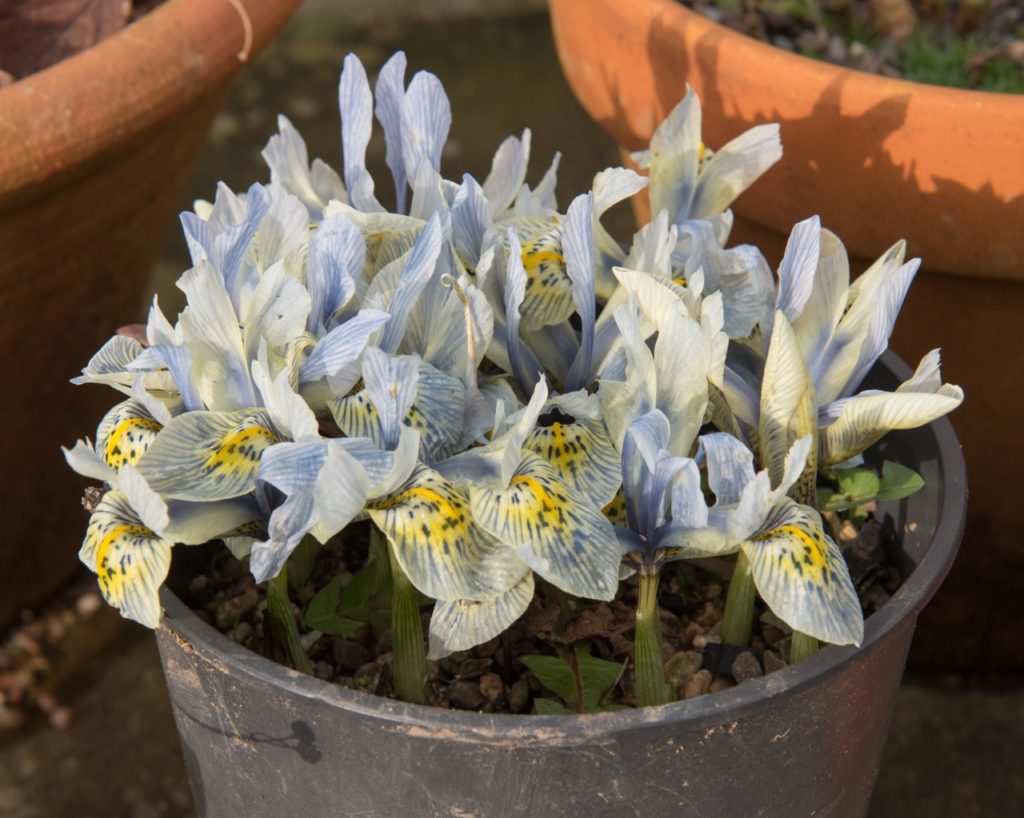
Problems can arise if winter rainfall is heavy, especially if the growing medium or the container do not provide sufficient drainage.
“Adding some extra horticultural grit to your potting mix can make a big difference to the drainage of a pot,” shares Master Horticulturist Colin Skelly.
“If planting in the soil, a handful of grit in the bottom of the hole can help drainage around the bulb.”
Bulb irises which have been planted into containers in autumn will mostly remain below the surface of the growing medium until spring.
To keep them safe over the winter, it can be a good idea, where squirrels and other pests may be an issue, to place a piece of mesh over the container so creatures cannot get to the bulbs.
Sometimes, bulb irises growing in containers will be brought indoors as flowering houseplants, kept outdoors or in an unheated greenhouse until the buds open.
Caring For Border Irises
Border irises sown in the ground can also be vulnerable to winter wet.
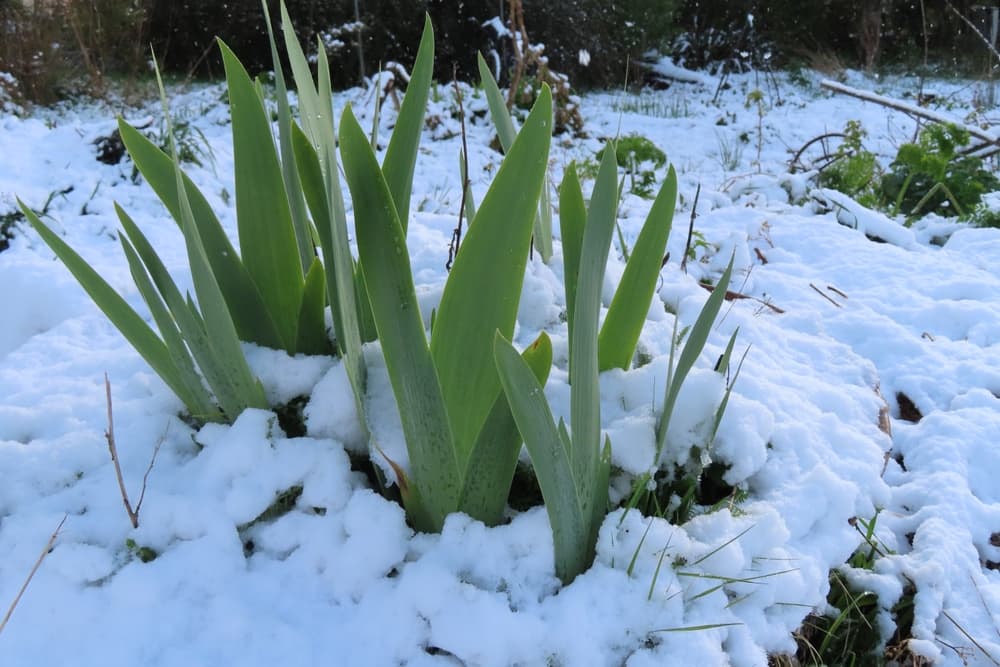
In this instance, it is a good idea to make sure that the area is sufficiently free-draining before winter begins in order to avoid any issues that may crop up in overly damp conditions before spring.
Most irises grown in UK gardens will not require additional protection from the winter cold.
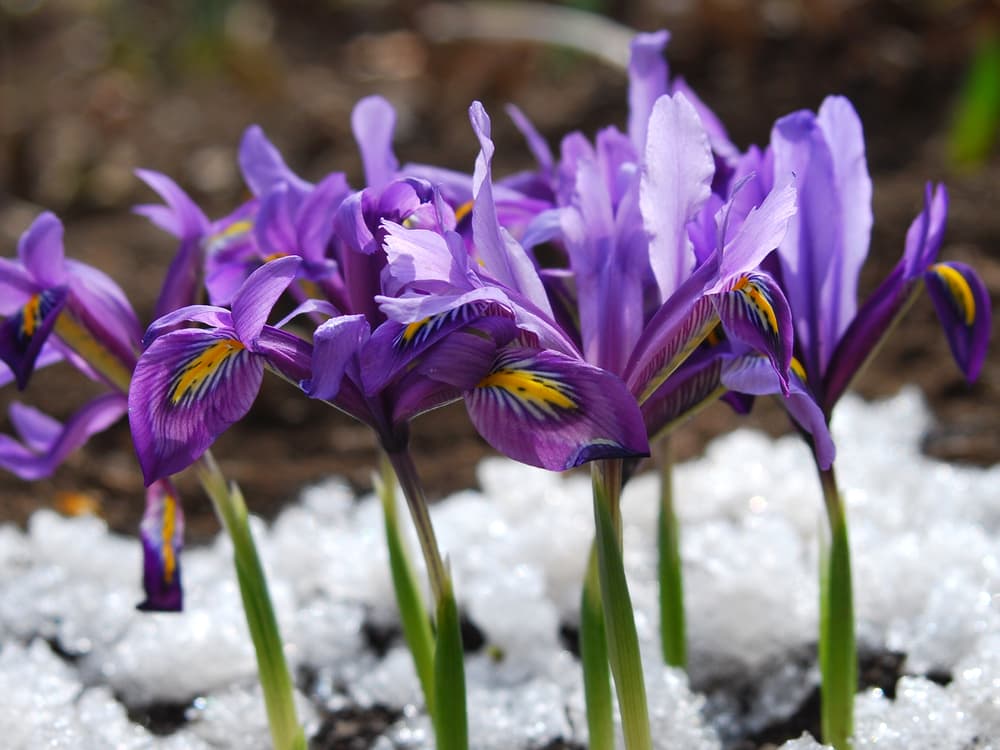
However, in particularly chilly locations where extreme winter weather is expected, it is a good idea to mulch around the base of the plants.
Cover the soil around the plants with an insulating layer of organic matter, such as straw or autumn leaves.
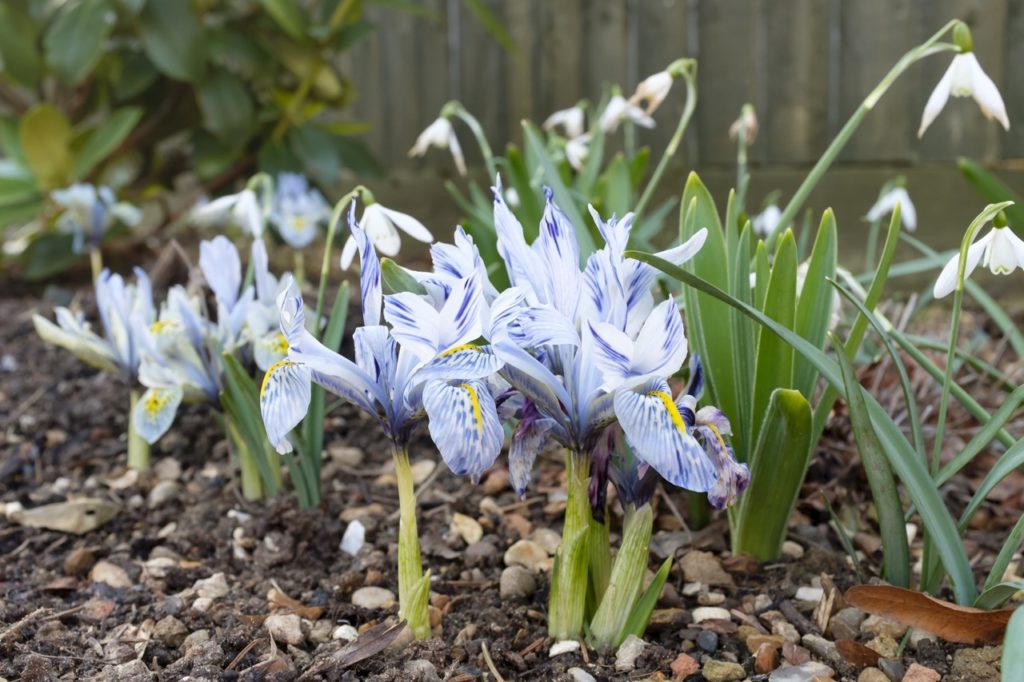
However, make sure that the mulch material is light and dry, as very heavy and damp mulches can do more harm than good.
Caring For Irises Near Ponds
Cutting back moisture-loving irises in the shallow water at the edges of a pond or in its boggy margins is a good idea.
By November or soon thereafter, you can cut back all the stems and foliage right to the base.
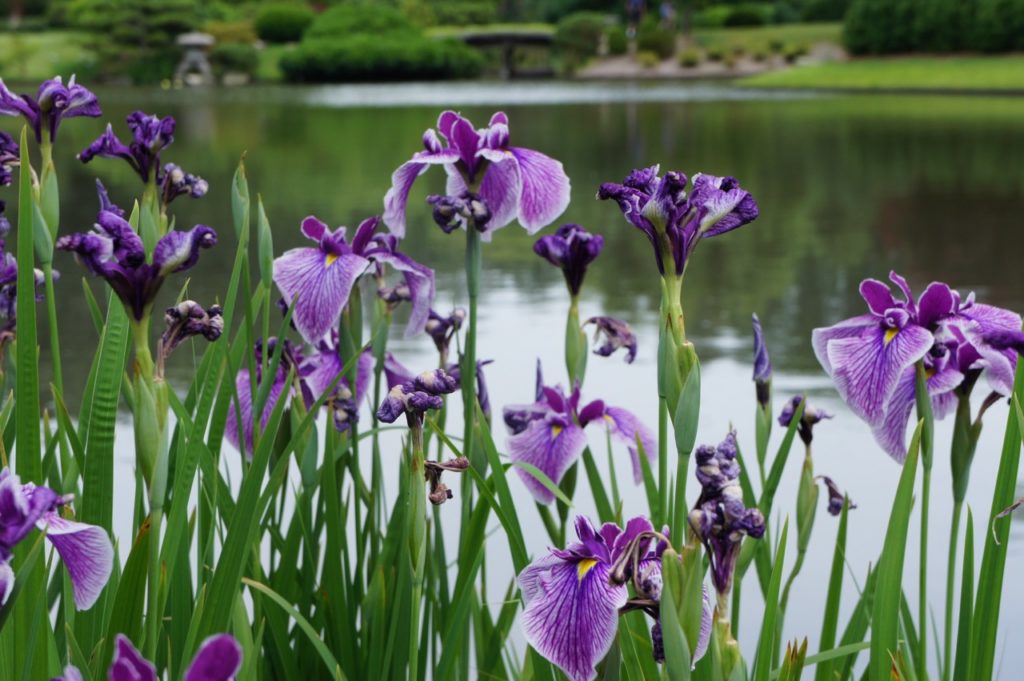
This will make way for new growth as it emerges, and will also prevent the material from falling into the water.
Excessive foliage decaying on a garden pond can upset the balance of the local ecosystem, so cutting back in late autumn or early winter is good both for the irises and for your pond.
